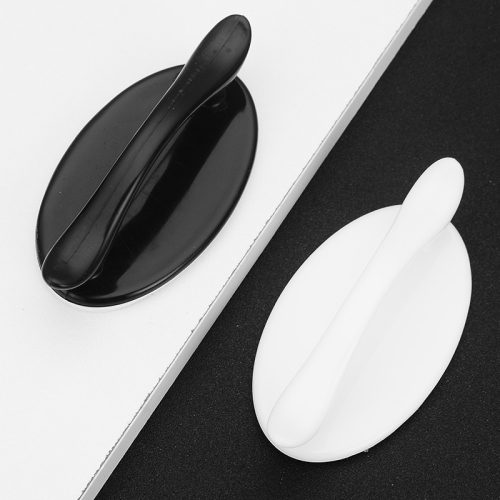1. Shape and Grip Comfort: The shape of the handle and the way it fits in the hand play a significant role in comfort. Ergonomic door handles often feature contours that match the natural curvature of the hand, allowing for a comfortable and secure grip. The grip should feel neither too narrow nor too wide.
2. Hand Orientation: The handle’s design should accommodate different hand orientations, such as right-handed and left-handed users. A well-designed handle should be easy to grasp regardless of the user’s dominant hand.
3. Lever Handles: Lever-style plastic door handles are popular for their ergonomic benefits. They require less force to operate compared to traditional knobs and are particularly suitable for individuals with limited hand strength or mobility.
4. Finger Clearance: Adequate space between the handle and the door surface ensures that fingers don’t get pinched or trapped when using the handle. This clearance is crucial for comfortable and safe operation.
5. Lever Length: For lever handles, consider the length of the lever. Longer levers provide better leverage, making it easier to open the door with minimal effort.
6. Height Placement: The height at which the handle is installed on the door is important. It should be easily reachable for most users, including those with varying heights or mobility limitations.
7. Smooth Operation: An ergonomic plastic door handle should allow for smooth and effortless operation. Users should be able to open and close the door with minimal resistance.
8. Easy Locking Mechanism: If the handle includes a locking mechanism, ensure that it’s intuitive to use. Locking and unlocking the door should require minimal effort and be easy to understand.
9. User Feedback: When designing a new plastic door handle, it’s helpful to gather feedback from potential users. This can provide insights into their preferences, hand sizes, and any specific ergonomic needs they might have.
10. Materials Selection: The choice of plastic material can impact the tactile feel of the handle. Opt for materials with a comfortable texture that doesn’t cause discomfort or fatigue during use.
11. ADA Compliance: If you’re designing door handles for public spaces, consider adhering to accessibility guidelines such as the Americans with Disabilities Act (ADA). These guidelines ensure that door handles are accessible and usable by people with disabilities.
12. Testing and Iteration: Prototype and test the design to ensure that it meets ergonomic requirements. Iterate on the design based on user feedback and testing results.
By prioritizing ergonomic excellence in plastic door handle design, you can create handles that provide a comfortable and seamless experience for users, enhancing the overall functionality and aesthetic appeal of your doors.


